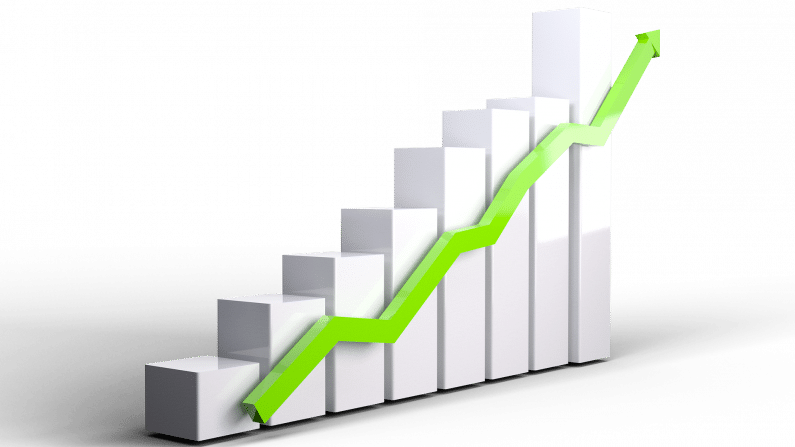Nifty hits 18,000: A snapshot of its stellar performance
Nifty has delivered an annualised return of around 14% in the past 10 years and 15.5% in last 5 years

Indian equity benchmark Nifty50 soared past the psychological 18,000-mark on Monday while the BSE Sensex held above 60,000. In just about 18 months, the headline indices have doubled from their March lows. Sensex has added 34,000 points from a 26,000-levels in March 2020, while Nifty has climbed over 10,000 points from 7,500-levels.
Nifty has delivered an annualised return of around 14% in the past 10 years and 15.5% in last 5 years.
Commenting on the landmark achievement of Nifty, Mohit Ralhan, managing partner and chief investment officer of TIW PE said, “There are strong positive sentiments on the domestic front, even though the global cues are pointing towards increasing risks.” He further added that central banks across the world are expected to unwind their balance sheet expansion sooner than later to counter increasing inflation. In addition, this earnings season in India is going to be extremely critical, given that P/E of Nifty is above 27x and earnings need to keep pace with the same.
“Overall, we are cautious at this point of time and waiting for a definite conclusion on the tussle between global cues and domestic developments,” said Ralhan.
Nifty’s Journey
The beginning: Nifty has come a long way since 1992. The index took about 12 years and 8 months to reach 2000-mark in December 2004 from 1000-levels in March 1992.
The 6,000-mark: The journey from 2000-levels to 6000-mark was also prolonged. After a haitius of about 3 years, the 50-share index breached 6,000-mark in December 2007.
GFC 2008: Following a long phase of correction in the aftermath of the global financial crisis (GFC) in 2008, the index took seven long years to add another 1,000 points.
General election 2014: In May 2014, the index touched the 7,000 mark on the optimisim of the formation of a stable Union government. Soon after the new government was formed it hit 8,000 mark in September 2014.
General election 2019: With the Narendra Modi-led government taking over the reins at the Centre, the optimisim of the investors grew exponentially. In May 2019, Nifty hit 12,000-mark with Bharatiya Janata Party-led National Democratic Alliance winning Lok Sabha election again.
The Covid-19 pandemic: However, by March 2020, about 5,000 points were wiped off the index as the Covid-19 pandemic wreaked havoc on the economic activity and crippled the health care sector globally.
Indian economy witnessed a drastic downfall in a quarter in April-June with near zero hope of recovering any soon. The country, unlike the rest of the world, saw the grip of the virus getting tighter day by day despite various mobility curbs to stop the spread of the novel coronavirus. With what started as a one day ‘Janta Curfew’, the world’s strictest lockdown exacerbated the woes of already sluggish Asia’s third largest economy and dragged the GDP numbers to a record – 23.9%.
The recovery: Gradually as the Covid-induced curbs eased, economic activity resumed, the optimisim of the investors was also restored. By November 2020, when most of the movement curbs were lifted, Nifty climbed 13,000-mark. Since then, the markets have been marching upwards.
Despite a deadlier second wave of Covid-19 infections between April and June 2021, the markets have held steady. And in just 10 months from November last year, the Index has advanced 5,000 points.